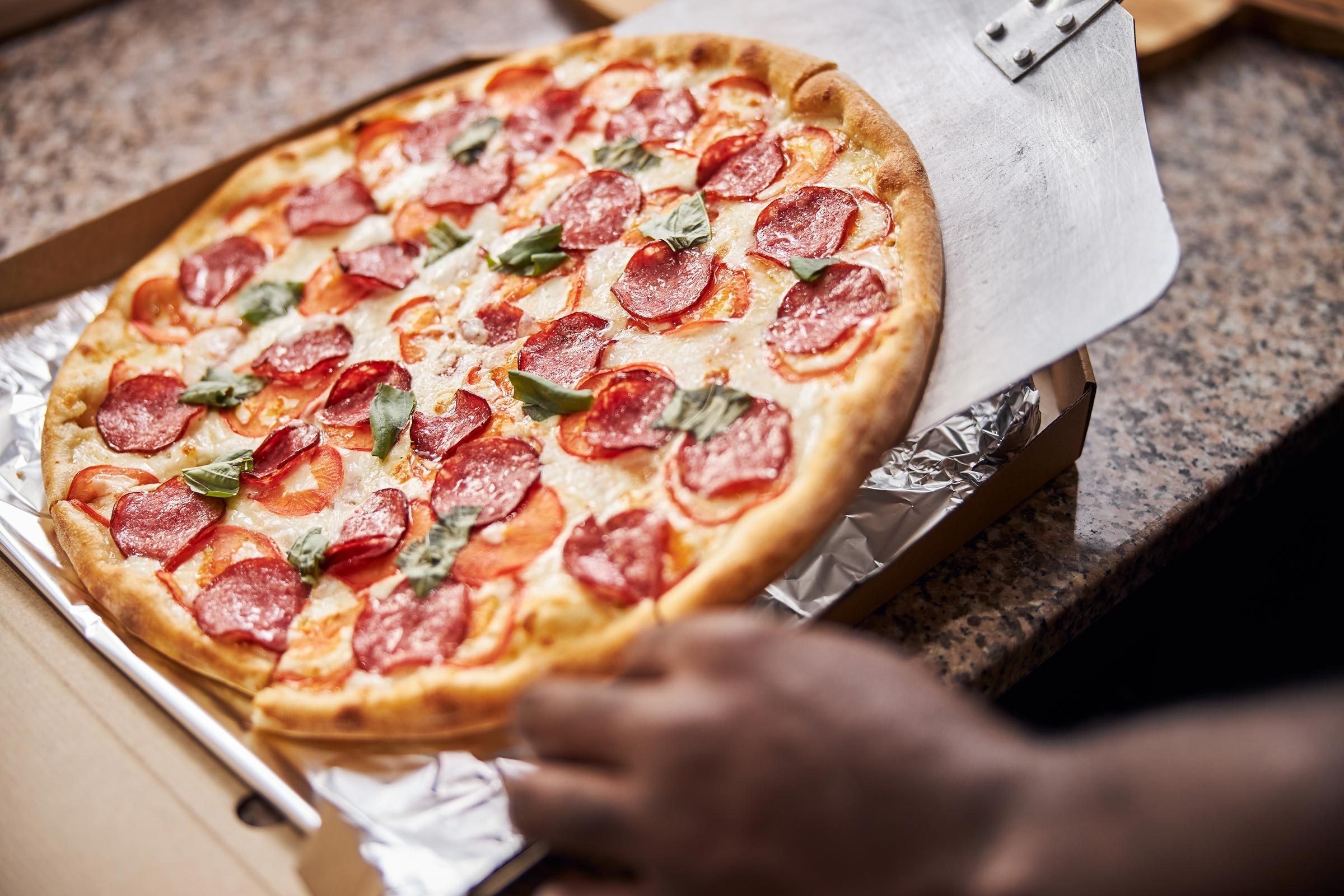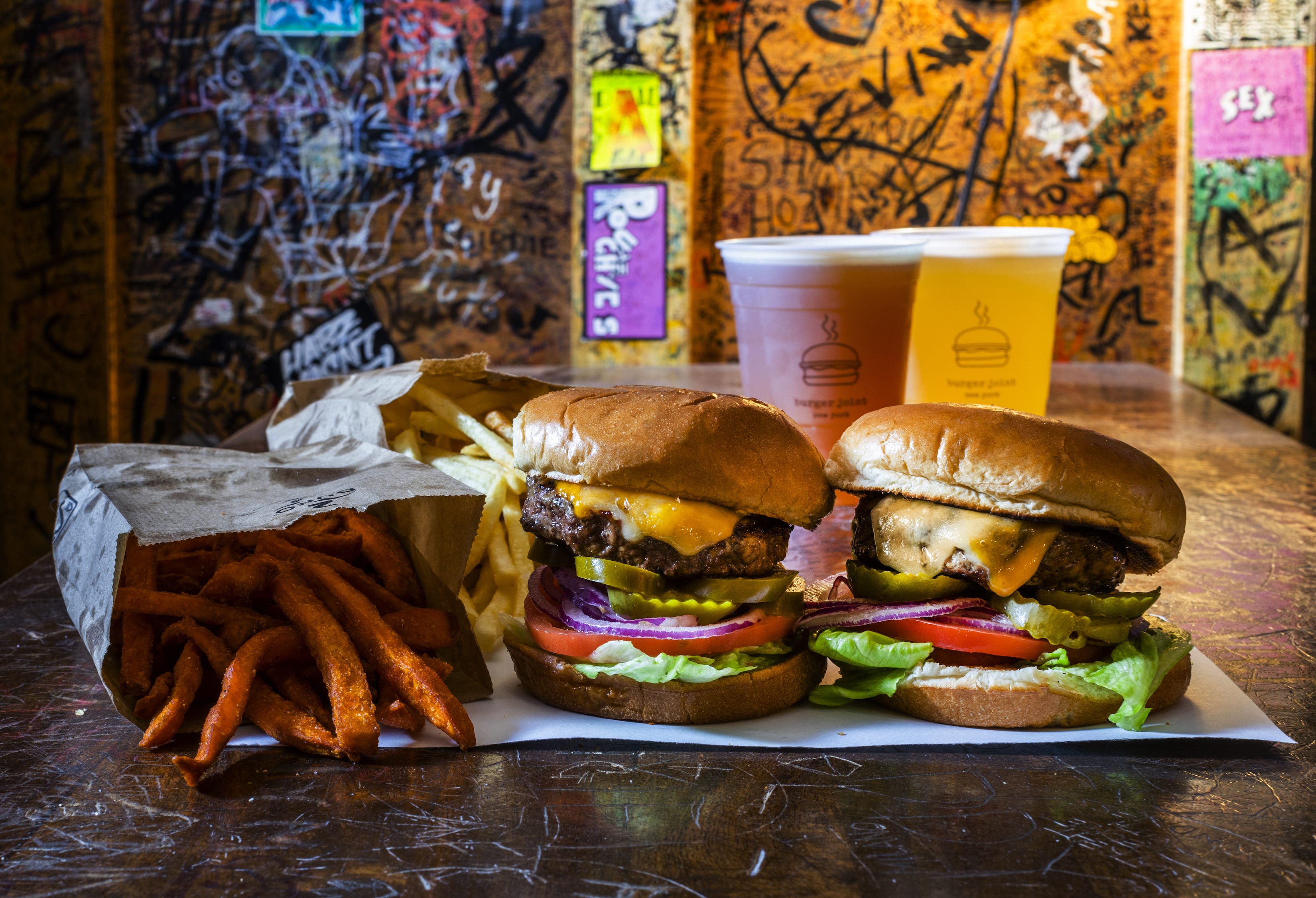The Fast Food Divide: Burgers Outdo Pizzas in 2023

The Fast Food Divide: Burgers Outdo Pizzas in 2023
Individual consumption all day outperforms group consumption, according to experts. Despite pressures from food inflation, discretionary categories like fast food may feel the downturn blues, but one sub-segment defies the current trend.
According to companies like Westlife Food world and Jubilant Food Works’ same-store sales (SSG) growth rates, burger sales have surpassed pizza sales for the past five quarters. The trend is anticipated to continue for some time as long as there are still pressures on food inflation and consumers continue to become more value-conscious while spending less on non-essentials.

Westlife handles McDonald’s restaurants in the west and south of India, while Domino’s Pizza is owned by Jubilant Food Works in these countries: Bangladesh, Sri Lanka, Nepal, and India.
According to experts, the tendency is caused by the assumption that individual consumption is driven by burgers rather than group consumption, which is often driven by pizza. Most burger restaurants, including McDonald’s and Burger King, have actively promoted combination meals, framing them as value for money by pairing burgers with french fries, a drink, or any other item. The customer has a filling experience as a result.
According to experts, the tendency is caused by the assumption that individual consumption is driven by burgers rather than group consumption, which is often driven by pizza. Most burger restaurants, including McDonald’s and Burger King, have also actively promoted combination meals, framing them as value for money by pairing burgers with french fries, a drink, or any other item. The consumer has a satisfying experience as a result.

Depending on what a customer adds to their order, a combination meal may cost as little as Rs 150-200 (Rs 179 for McSaver meals at McDonald’s, for example). In contrast, the size and toppings of pizzas can vary.
For instance, Jubilant FoodWorks charges Rs 99 for a regular-sized vegetarian pizza. However, it recently reduced that price to Rs 49–69 as part of its Pizza Mania deal. The restaurant now provides two regular-sized pizzas for Rs 99 to increase sales.
According to Sachin Bobade, vice president of research at the brokerage firm Dolat Capital, “Consumers pay attention to every little advantage and disadvantage during inflationary times.” “Pizzas don’t often provide an in-fill sensation as burgers do. Pizzas are also fantastic for gatherings with family or friends. Burgers may be eaten anywhere and at any time. A group is not necessary. These qualities are to its advantage,” he claims.
According to industry estimates, pizzas account for around 28% of India’s quick-service restaurant (QSR) segment, while burgers and sandwiches account for 31%. Although the difference is insignificant, analysts note that the growth rate of burgers and sandwiches is larger (19–22%) than that of pizzas (13–18%).

The chance for continuous, private consumption is more remarkable than the communal eating of comfort foods like pizza. This may help to explain why burger and pizza sales are diverging, according to Harminder Sahni, founder and managing director of Wazir Advisors in Gurugram.
According to Sameer Khetarpal, CEO and MD of Jubilant FoodWorks, during a recent investor call, the chain, which is the largest foodservice operator in the nation, has started the process by introducing a new spicy range, which comprises four pizzas for Rs 179.
According to Khetarpal, the firm has also improved customer interaction, particularly online, where 10 million people have downloaded the Domino’s Pizza app.
According to Akshay Jatia, executive director of Westlife Foodworld, speaking to FE, product innovations and platforms like the McSaver Value drove same-store sales increase in the June quarter.
“In the short to medium term, the focus will be on driving meals, providing an omnichannel experience, and ensuring cost leadership,” Jatia added. After the June quarter, Westlife had 361 restaurants spread throughout 58 cities. On the other side, Jubilant FoodWorks has 1,838 restaurants spread throughout 394 cities.
/cdn.vox-cdn.com/uploads/chorus_image/image/71901339/52791431632_b9b4f0244a_h.7.jpg)
As the fast-food landscape continues to evolve in 2023, one thing becomes clear: preference is a distinct divide. In what may surprise many, burger sales have noticeably outpaced pizza sales, signifying a shift in the taste profiles of fast food consumers worldwide.
While pizzas and burgers have been staples in the fast-food industry, 2023 has proven to be a banner year for burger enthusiasts. According to recent data from leading industry research groups, burger sales have shown a substantial increase, marking a distinct uptick in preference for this all-American classic over its Italian counterpart.
It’s not just a minor victory either; burger sales have surged by an unprecedented rate, seeing an overall increase of 15% from the previous year, dwarfing the 3% growth pizza sales managed to scrape together. This shift is an exciting revelation, signifying how burgers lead the way in the fast-food industry.
One possible reason for this surge in burger popularity may be the reinvention and revitalization of the burger. The recent trend has seen an increase in gourmet and artisanal burger outlets, which provide a wide array of options for consumers. From vegetarian and vegan alternatives like Impossible and Beyond burgers to luxury additions like truffle and foie gras, the burger has expanded far beyond the traditional beef patty.
Another factor behind the burger’s popularity could be its versatility and convenience. Burgers are easy to eat on the go, which resonates with our increasingly fast-paced lifestyles. On the other hand, pizzas are often seen as a sit-down meal requiring more time and effort.
Moreover, health-conscious consumers have also begun to favour burgers due to their perceived nutritional benefits. While pizzas are often laden with cheese and seen as a high-calorie food, burgers, especially those made from lean meat or plant-based alternatives, can provide a balanced combination of protein, carbohydrates, and vegetables.
However, this shift does not signify a decline in pizza sales. Pizzas continue to enjoy a steady market presence, but they may need to adapt to changing consumer behaviours to regain their footing.
Many pizza chains have embraced this shift by expanding their menus to incorporate healthier options, including gluten-free, vegan, and low-carb alternatives. Also, innovations in delivery technology, such as drones and automated vehicles, may help to elevate the pizza industry’s standing by making it even more convenient for customers to order and receive their favourite pies.
The burger’s triumph over pizza in 2023 underscores the ever-evolving nature of the fast food industry. As consumer preferences change and new trends emerge, popularity scales can tip dramatically. This shift highlights the need for businesses in this sector to remain agile and responsive to consumer demands, particularly as society continues to navigate an increasingly health-conscious era.

It’s not a battle between burgers and pizzas; instead, it’s a lesson about the adaptability required in the dynamic landscape of the fast food industry. The burger’s rise in 2023 is a testament to this adaptability, reflecting how the industry responds to changing taste profiles, lifestyle modifications, and health considerations.
As we move forward, we can anticipate further shifts and trends as the fast food industry continues to innovate and adapt. While the burger may reign supreme today, only time will tell which fast food will capture the public’s favour tomorrow.





